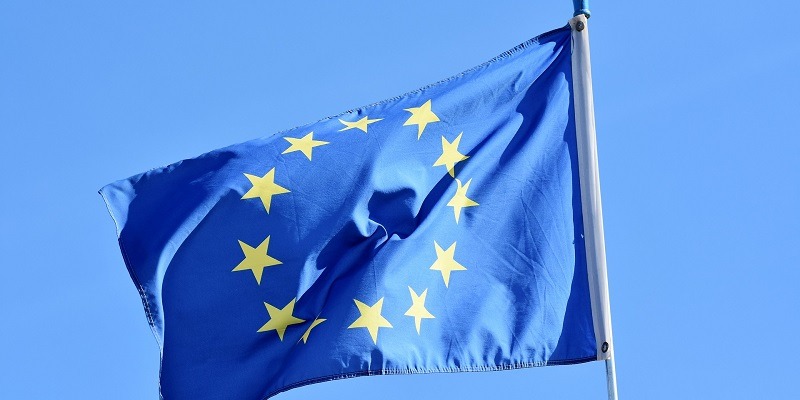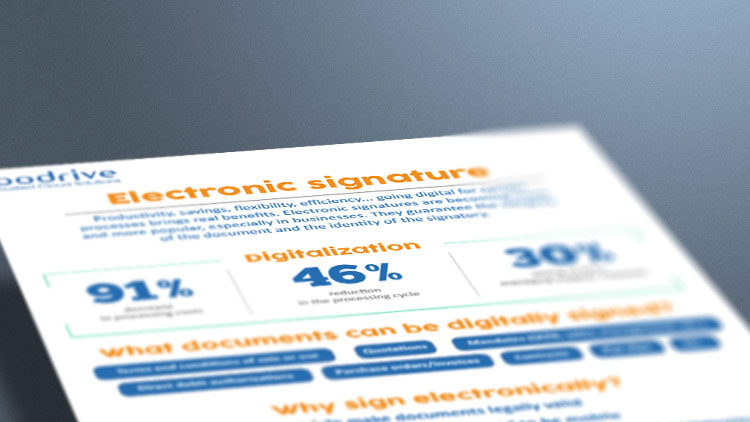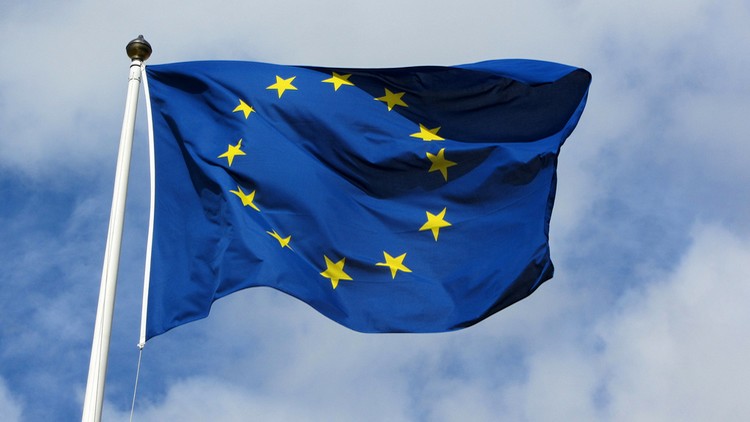The increased digitization of processes and exchanges allows everyone to access a wide range of online services through their digital identity.
As the use of digital identities takes off in France, the need to create a harmonized and secure framework at the European level is becoming increasingly apparent. The creation of a European Digital Identity Wallet addresses this need.
What role does the eIDAS 2 regulation play in creating a European digital identity? How will this European wallet work in practice? What are its objectives?
Why create a European digital wallet?
A need for harmonization at the EU level
To date, the different member states of the European Union each have their own digital identity solutions. While these allow citizens to identify themselves securely, they are not recognized across the various EU states.
The creation of a European Digital Identity Wallet, through the second version of the eIDAS regulation, aims to create a unified, harmonized, and secure electronic identification framework at the European level.
The wallet will allow citizens to easily prove their identity securely. It will be accessible to everyone, valid in all member states, and facilitate the use of digital services across Europe.
The eIDAS 2 regulation, a necessary evolution
The desire to create a European digital identity is not new. Regulation No. 910/2014 (known as the “eIDAS regulation”), adopted on July 23, 2014, already covered electronic identification, authentication, and trust services for electronic transactions.
To respond to the strong development of digital activities, the European Commission proposed an updated version of the regulation to expand its scope. The creation of a European Digital Identity Wallet is one of the key measures of the “eIDAS 2.0” regulation.
The text was adopted by the European Parliament on February 29, 2024, and still needs to continue its path before coming into application. Four large-scale pilot projects were launched in spring 2023 to deploy this European wallet project smoothly and securely.
Their objective is to work on the infrastructure, technical characteristics, and legal aspects of the future wallet. Their work is expected to continue until 2025. Each member state will then be responsible for deploying its European Digital Identity Wallet at the national level.
What will the European digital identity (eID) be used for?
Facilitating online identity verification
This European digital wallet, framed by eIDAS 2, will allow European citizens and residents to store personal identification data and official documents in digital format (via an application): ID card, passport, driving license, visas, diplomas, social security coverage certificate, etc.
Users of the European digital wallet will then be able to:
- Guarantee their identity (identify themselves) and authenticate with public services, certain private services, and online platforms designated by the European Digital Services Act (DSA).
- Authorize an online transaction where strong authentication is required.
- Sign documents online using electronic signatures.
Who is affected by the future European digital wallet?
Each member state of the European Union will be required to offer one to all its citizens and residents who request it. Companies established within the European Union can also use it.
Accessible free of charge to individuals, the European digital wallet will not be mandatory. It will be based on a voluntary system and will not replace paper documents or national digital identities.
Use cases for the European wallet
This wallet can be used for numerous online procedures, including:
- Accessing public services (applying for a passport, driving license, etc.).
- Opening a bank account.
- Enrolling in a European university.
- Presenting information for travel.
- Renting a car.
- Presenting a driving license during a check.
What are the advantages of the European digital identity wallet?
Facilitating and harmonizing digital procedures at the European level
Also called the “EU digital identity wallet” or “EUDI wallet,” the European digital identity wallet will be valid throughout the European Union.
The creation of the EU digital identity wallet will allow European citizens to access public and private services within the various states of the European Union using a single digital identity. The eIDAS 2 regulation emphasizes the interoperability of the system.
Offering users better control of their data
Holders of the European electronic wallet will be able to share only the necessary attributes (civil status, age, nationality, diplomas, etc.) for a specific procedure without having to transmit other personal information. For example, the wallet will allow proving the validity of a driving license without sharing the address.
Another major innovation is that users will no longer have to go through commercial providers to identify and authenticate themselves online. They will therefore remain in control of the data they share with third parties and keep track of these shares.
Securing online procedures and access to digital services
Users of the European digital identity wallet will be able to carry out their online procedures securely, whether they are public or private services. The security of personal data will be respected. EUDI wallets must comply with security certifications.
Key information about the European digital identity wallet
- The digital identity wallet will manage identification data and identity documents within a single digital space.
- The project to create the European digital identity wallet is part of the revision of the eIDAS regulation, in its “eIDAS 2” form.
- Holders of a European digital identity (citizens, residents, European companies) will be able to identify and authenticate digitally, perform online transactions, and sign electronically securely.
- This European digital wallet will be recognized in all member states of the European Union.








